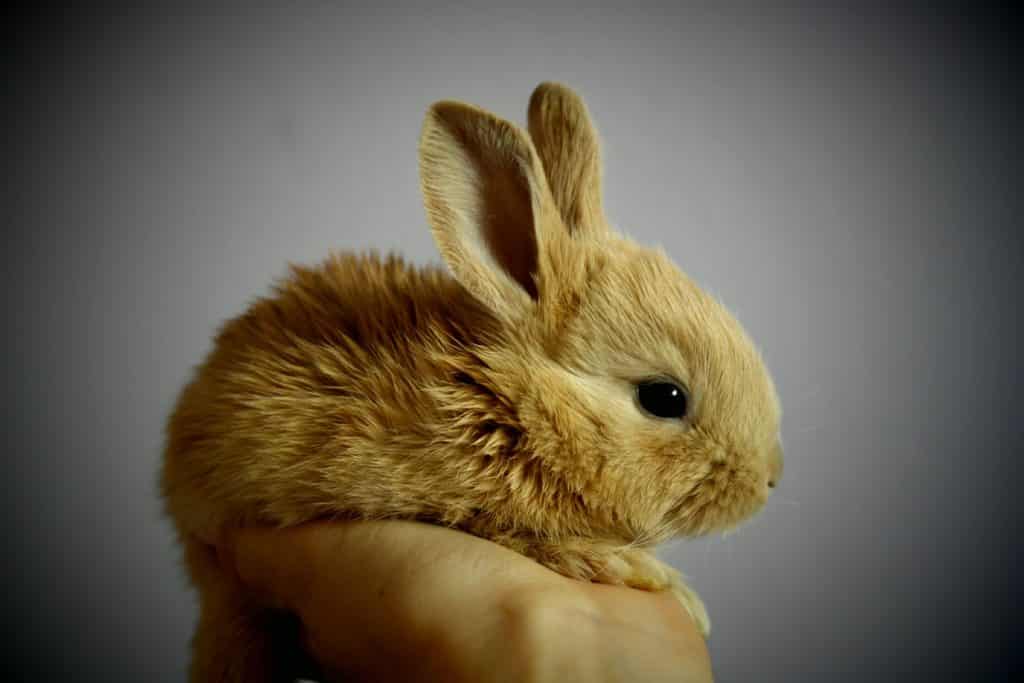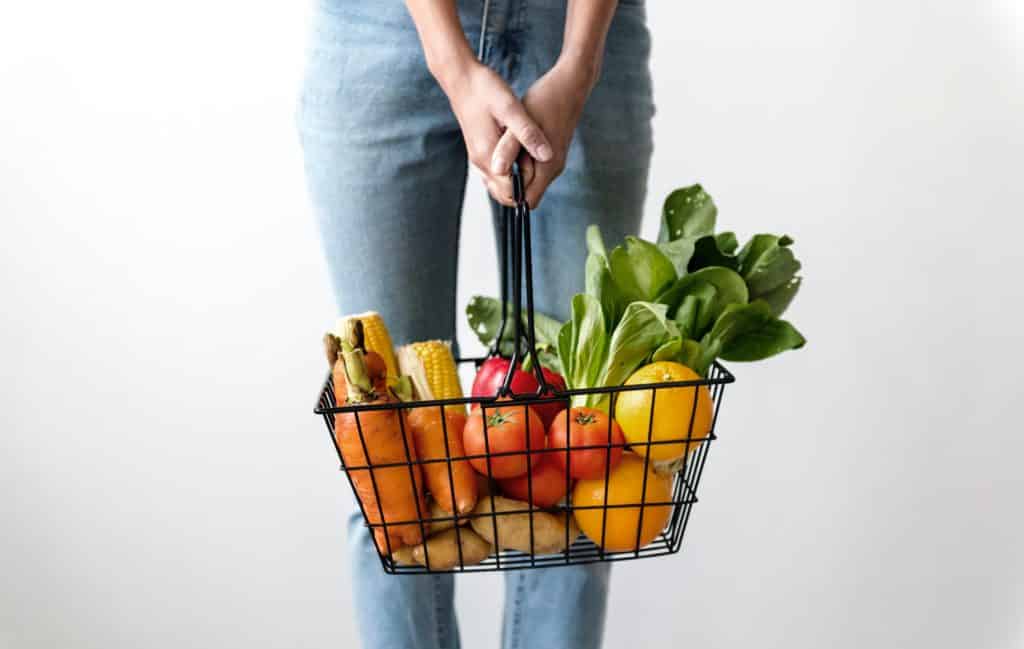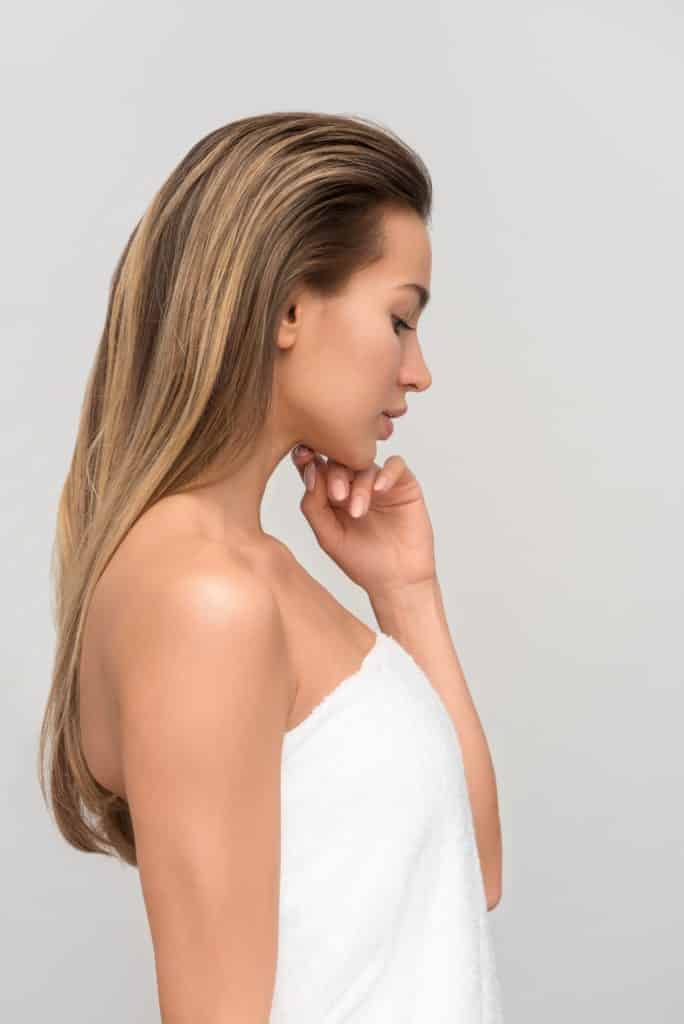The beauty world becomes more and more complicated with each new product cycle — it has truly never been a more complex market. And with the addition of ethical beliefs and practices, it is even harder to choose the right products for you.
Today, I am to make you more informed in your purchasing and more aware of the ingredients that could be in your products. I am not creating this article to sway you one way or another but to make sure that you know and can make informed decisions about your purchasing.
Below, I’ll explain what common beauty terms actually mean (some don’t mean what you’d think) and how to read a product label correctly.
Table of Contents
Cruelty-Free Beauty

PCruelty-free is probably the term that is most widely recognized of all the terms on this list. We see that little white bunny on the package and we all know what it means.
This symbol shows that the company does not engage in animal testing and is thusly certified through some organization, one being the Leaping Bunny another certification is through PETA.
In order to qualify for this certification, a brand must be completely cruelty-free. This means, for almost all brands, that they cannot sell products in China.
Many brands will claim to be cruelty-free but sell their products in China. Unfortunately, China has mandatory animal testing laws for beauty products. So a brand must test any product that they plan to sell in China on animals, meaning they cannot be cruelty free if they sell there. But, some brands do claim that the products they sell in other countries are cruelty-free.
If you’re looking for an in-depth reference for cruelty-free brands the Cruelty-Free Kitty has got you covered with brands ranging from drugstore makeup, to high end makeup, to laundry detergents.
Vegan Beauty

Vegan is probably the next most recognizable term on this list. Generally, vegan (in reference to both food and beauty) is a term that means that no animal products, animal byproducts, or products that directly harm animals, are used.
Keep in mind that vegan does not mean natural; oftentimes more “natural” ingredients are created by using animals and are not vegan. An example of this is that red pigments are often created using beetles but instead a vegan palette will use man-made red dyes instead. This occurs with other products as well and so vegan products are likely to include man-made or synthesized elements.
Just because something is “man made” does not necessarily mean that it’s unsafe or bad for you, though. Synthesized products are very common and we will touch upon this again when we talk about clean beauty.
Natural Beauty

Natural beauty is all about using products that are from nature. This means that the products are typically minimally processed and likely to include an ingredient list that you can actually understand.
But just because a brand claims that their products are natural doesn’t mean that they are going to meet your guidelines for what “natural” is.
There is no “natural” certification and so anyone can say that their product is natural, no matter what it contains. The guidelines that a brand follows are completely up to them and there is no industry standard.
Also, just because something is natural doesn’t mean that it is actually good for your skin. There are many “natural” ingredients that a large amount of people react to. This includes ingredients such as lavender and other types of oils. When buying a natural product, do your research before purchasing. Make sure that you are really looking at the ingredient list so that you know exactly what is in there.
Also, just FYI natural products often don’t have preservatives in them. This sounds nice, but it means that they don’t always last as long as other products and are prone to more natural types of decay such as mold.
Clean Beauty
Clean beauty products only include what they need to to benefit you. This is more of a movement than a simple label that is put on products. It is more about paying attention to the other symbols on the product rather than having a separate “clean” symbol. (For more information on how to decipher the symbols on your beauty products use this article for reference.)
Clean beauty is all about using only beneficial products. The products are usually free of fillers like alcohol and they stay away from ingredients that many people react to. They are free of all of the ingredients that we typically hear about that aren’t great for our skin like sulphates but they also go beyond by getting rid of unnecessary ingredients like fragrances and dyes.
What is important to note is that clean beauty is about what is best for your skin. They will utilize the best ingredients whether they are natural or synthesized. This is a growing movement because many people want more of the active ingredients and less fillers.
Again, there is no labeling standard for a product to call itself “clean,” so it’s important to read ingredients closely.
Clean vs Natural
The way that I like to think of Clean versus Natural beauty is to compare it to pills versus natural medical remedies.
For example, acetaminophen (Tylenol) is a pain killer synthesized from willow tree bark (clean). Now, you can get pain killer effects from the willow tree bark itself (natural) but it is not going to be as concentrated and you are going to be ingesting ingredients aside from the painkilling compound.
Natural is not always better: In this example, it would be quicker, more effective and one would be consuming less filler if they were to take the pill.
But natural products are not all bad, you just need to make sure that the naturalness of the product is beneficial for you.
Hopefully this has helped you decide what you want to put on your skin and what to look for!
Have any questions? Ask below! What are your favourite beauty brands? Do they fall under one of these categories?
